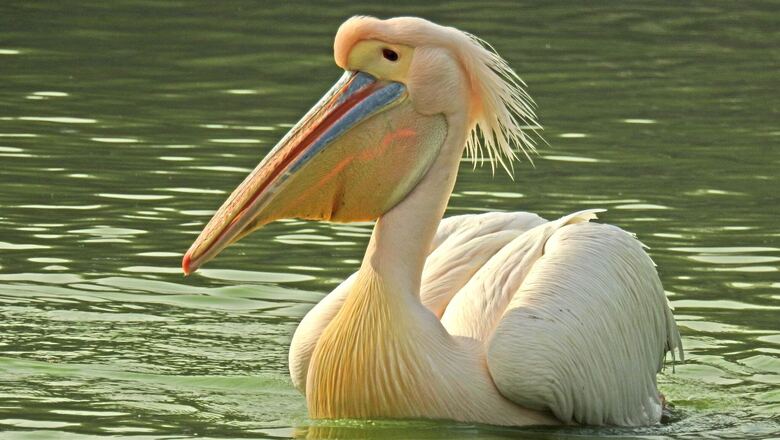
views
In the recent years, Delhi has been in the news for mainly two reasons – the lack of safety for its women and the ever worsening quality of its air. So be it the shocking rapes, pollution or the other Delhi staple – politics – you would be forgiven for thinking that nothing good could possibly come out of the city. But Delhi, in its own endearing way comes to the rescue of those like us who love this city.
We, as birdwatchers are used to travelling out of the city to take a look at the resident species and our migrant friends. We however, often overlook a gem that hides in common sight, right in the heart of this throbbing metropolis. Yes, I am taking about the Delhi Zoo, and no, I am not talking about the captive birds.
BELOW: The natural habitat in the Delhi zoo

The Zoo is located under the lofty walls of Dinpanah, popularly called Purana Qila (Old Fort). Sections of the moat of the old fort were converted into water bodies and the relative protection offered by the park meant that egrets, herons, painted storks, spot billed ducks and other waterbirds started breeding here. While these birds can be seen all-year round, winters offer a special treat.
Every winter, a flock of Rosy Pelicans (also known as Great White Pelicans) descends on one of the water bodies, located right next to the tiger enclosure. Great White pelicans are some of the heaviest of flying birds. The birds swim effortlessly, their spotless white plumage in stark contrast to the algae-stained green waters and the even greener background of the park’s trees.
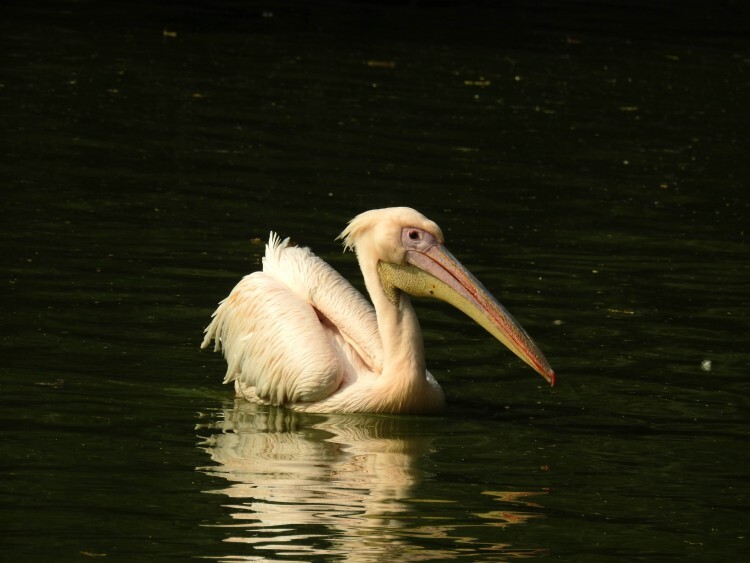

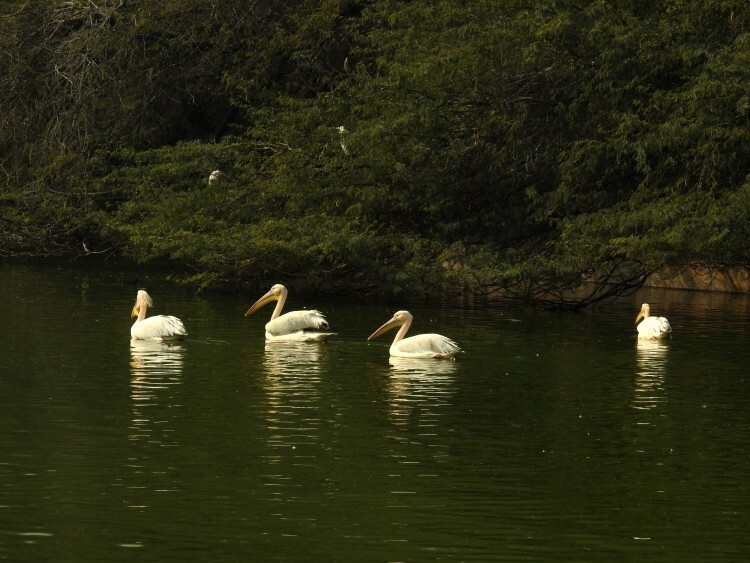
Getting the heavy bodies airborne is no mean feat, even if you are equipped with sturdy wings that span from 7 to 11 feet. Much like an airplane, the take off begins with a run, in the final stages of which the bird actually uses its webbed feet to walk on water. Once airborne, these huge birds glide through the air, gaining height and momentum with flaps of its massive wings. Touchdown involves a sudden drop to the water level and the use of the webbed feet as a brake.
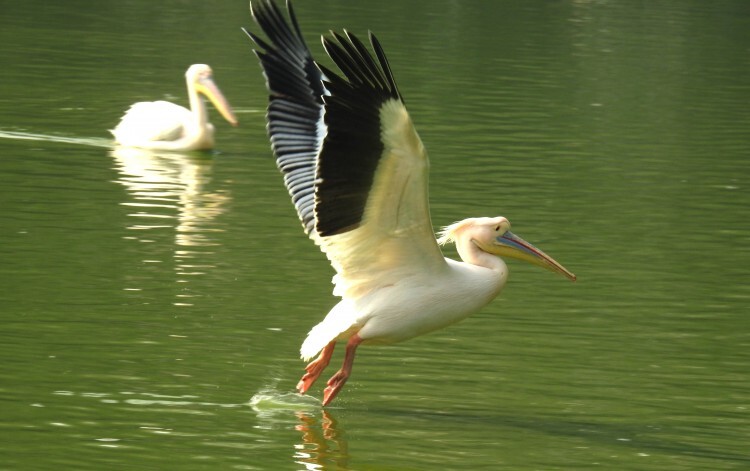
The zoo is home to a flock of 30 Rosy Pelicans, all of whom live on a single water body. At the center of the lake is an island where the juveniles spend most of their time. Apart from humans, a fully grown pelican has no natural predator, but juveniles need to be careful. As I sat and observed this flock, one particular individual caught my eye. Unlike the others, it sported a rather flamboyant hairdo. The light on this winter morning was just about perfect and my camera was drawn to him over and over again.Just look at him… can you really blame me?
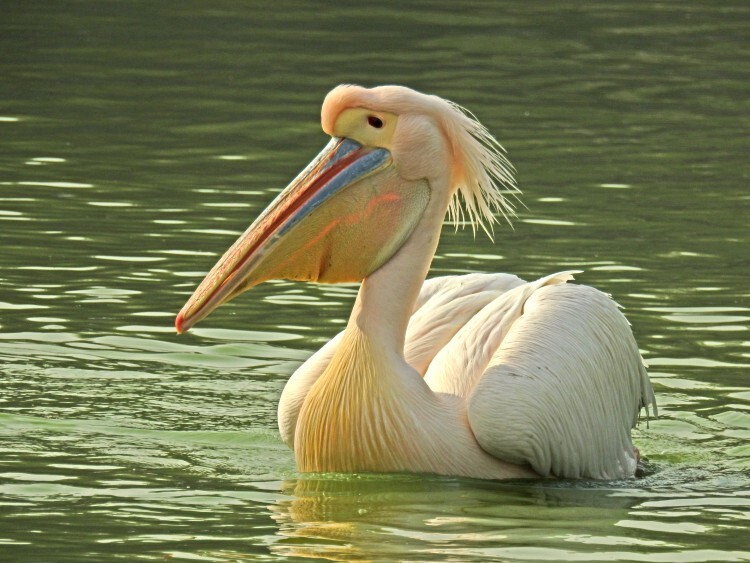
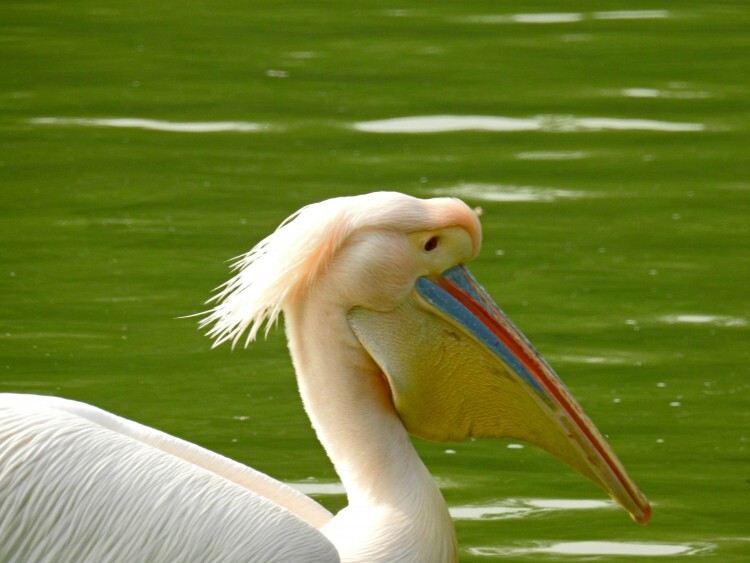
Pelicans are great survivors and live and breed on all continents, except Antarctica. With their exceptional size, oversized beaks and an outlandish pouch they have fascinated nature lovers all over the world. This nifty little limerick neatly captures the weird appeal of these giants of the sky:
A wonderful bird is the pelican,
His bill can hold more than his beli-can.
He can take in his beak
Food enough for the week;
But I’m damned if I see how the heli-can.

















Comments
0 comment